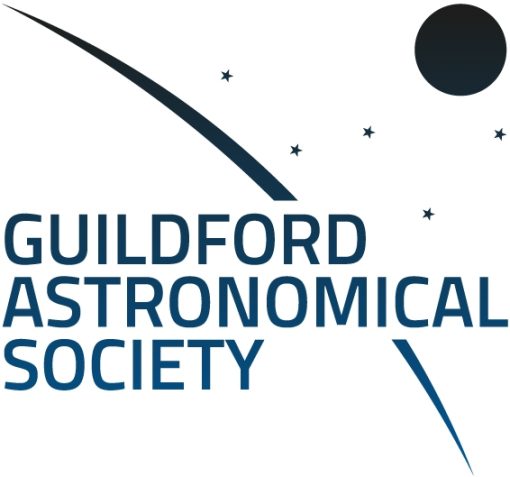By Rachel Dutton
Finding The Lights

Cygnus in Aurora. Credit – Tony Questa
You may not see them with the naked eye at all. You will likely need to start looking through the screen of your phone. Older phones may need some kind of night photography app (research and try these out in advance). One often recommended app is NightCap.
If you can’t see anything with the naked eye, search with your phone first. First of all, try facing North and looking close to the horizon and sweep slowly back and forth. The stronger the storm or the more it develops the higher it will get until it gets overhead, so do gradually increase your elevation as you sweep across.
If the sun recently set, you may need to look more to the Northeast, away from the Sun and if it is close to sunrise, then check to the North West first.
However, even if you aren’t seeing anything to the North, do check in all directions and overheads just incase there is light pollution you didn’t pick up that is affecting your ability to perceive the lights or the phone being able to pick them up.
When the storm increases in strength, you may pick up a milky white light with the naked eye, and if you are in a very clear sky area, then you may see a hint of colour.
You may also find using averted vision so looking at the area from the corner of your eye works well too.
This attempt at doing a timelapse of the aurora on a mobile phone that didn’t work well, but actually resembles the experience with the naked eye.
Photographing The Aurora



Credits – Rachel Dutton Geoff Lay at Glastonbury Geoff Lay at Glastonbury
The easiest option is to use your mobile phone. Some newer models have a night mode that enables a longer exposure eg 3 seconds if the flash is turned off. They often allow for longer exposure if mounted on a tripod.
When taking a long exposure photo, you need to keep as still as possible. If there is a solid surface to lean or rest on, this can help, I have even seen people take off their shoes and place them on a solid surface and place the phone in there as a temporary tripod. However, tucking your arms in and against your chest can help with this too.
If you have a proper camera, then a widefield timelapse could be done as well as some long exposure images. However, don’t lose time enjoying the experience to set up a proper camera if you are getting decent pictures or naked eye experiences on your phone. You may miss the entire event by getting distracted.
Preparation Is Key

Credit – Glenn Bates at Milton Keynes
The key thing to do here so you don’t miss a display because you are setting up is, make sure you know your phone and camera settings in advance. Practice taking photos in the dark, with long exposures and all the settings.
Also, if the forecast is looking favourable, prepare everything in advance. If you are just going outside, attach your camera to your tripod with all the settings ready to go.
Have your keys, phone and anything else you need in one place ready to go. If you are expecting to wake up in the middle of the night to go out, then have your clothes and red-light torch ready to go too.
If you are driving somewhere, then pack your car with everything you need (including snacks, supplies, camping chairs etc) so you can just get in and drive. You can see some photos taken by members of GAS throughout this post
Auroral Colours


Credit – Rachel Dutton Credit – Martha Palmer with Steve Nicholas at Nethy Bridge, Aviemore
The colours of the aurora are due to the chemistry and the altitude. The atmosphere is made up of approximately 78% nitrogen, 21% oxygen and 1% other gasses.
The most common aurora we see is the green aurora which is oxygen at altitudes of 60 to 190 miles or 100 to 300 kilometres (according to the Canadian Space Agency). Green is also the colour that the human eye, and a standard DSLR is most sensitive to picking up.
Red is also caused by oxygen at 180 to 250 miles or 300 to 400 km.
There is also a red caused by nitrogen above 96 km or 60 miles, however, usually the nitrogen below that is which looks blue is excited too, so it looks more purple and blue.
Other colours such as orange, yellow and white are due to multiple layers of these in the line we are looking at through the atmosphere combining to create other colours.
Auroral Shapes


Credit – Rachel Dutton Credit – Steve Nicholas, Nethy Bridge, Aviemore
There are a number of shapes you might see, starting with diffuse, which is just a sort of cloud of pale colour with no defining shapes to veils or curtains, arcs, bands, rays, and all sorts of wonderful shapes.
Sometimes these seem to dance and change a lot too. It is thought that pulsing aurora that can pulse very slowly, fading in and out of view or more clearly pulsing is caused by waves of charged particles scattering electrons into the atmosphere whereas the more clearly defined shapes are thought to be caused by electrons being accelerated into the atmosphere when Earth’s magnetic field, stretched out by the solar wind, reconfigures itself.
For more aurora images taken by GAS members, follow this link.
We hope you have enjoyed this guide to finding aurora in the UK and do share your experiences in the Facebook group.


Comments are closed